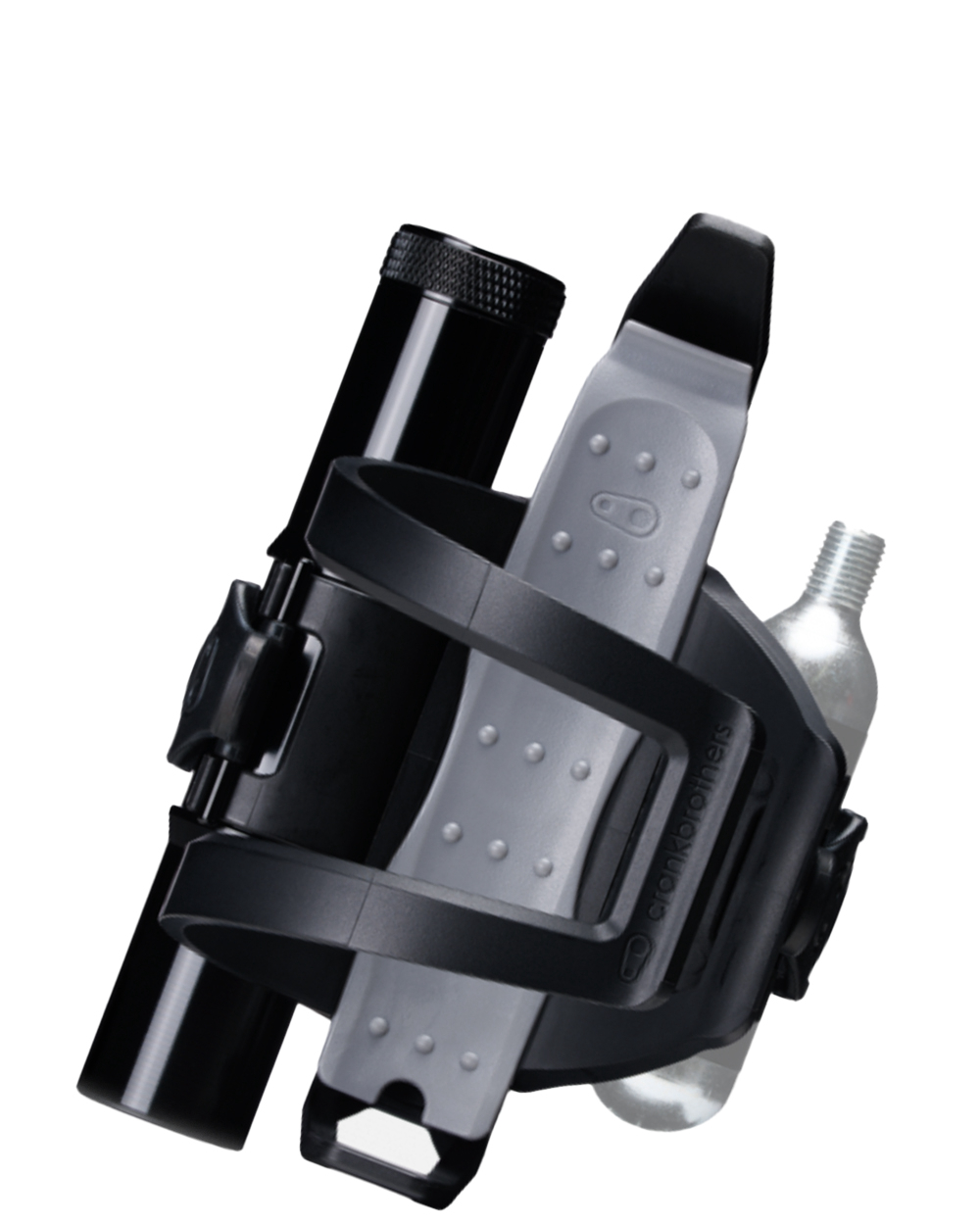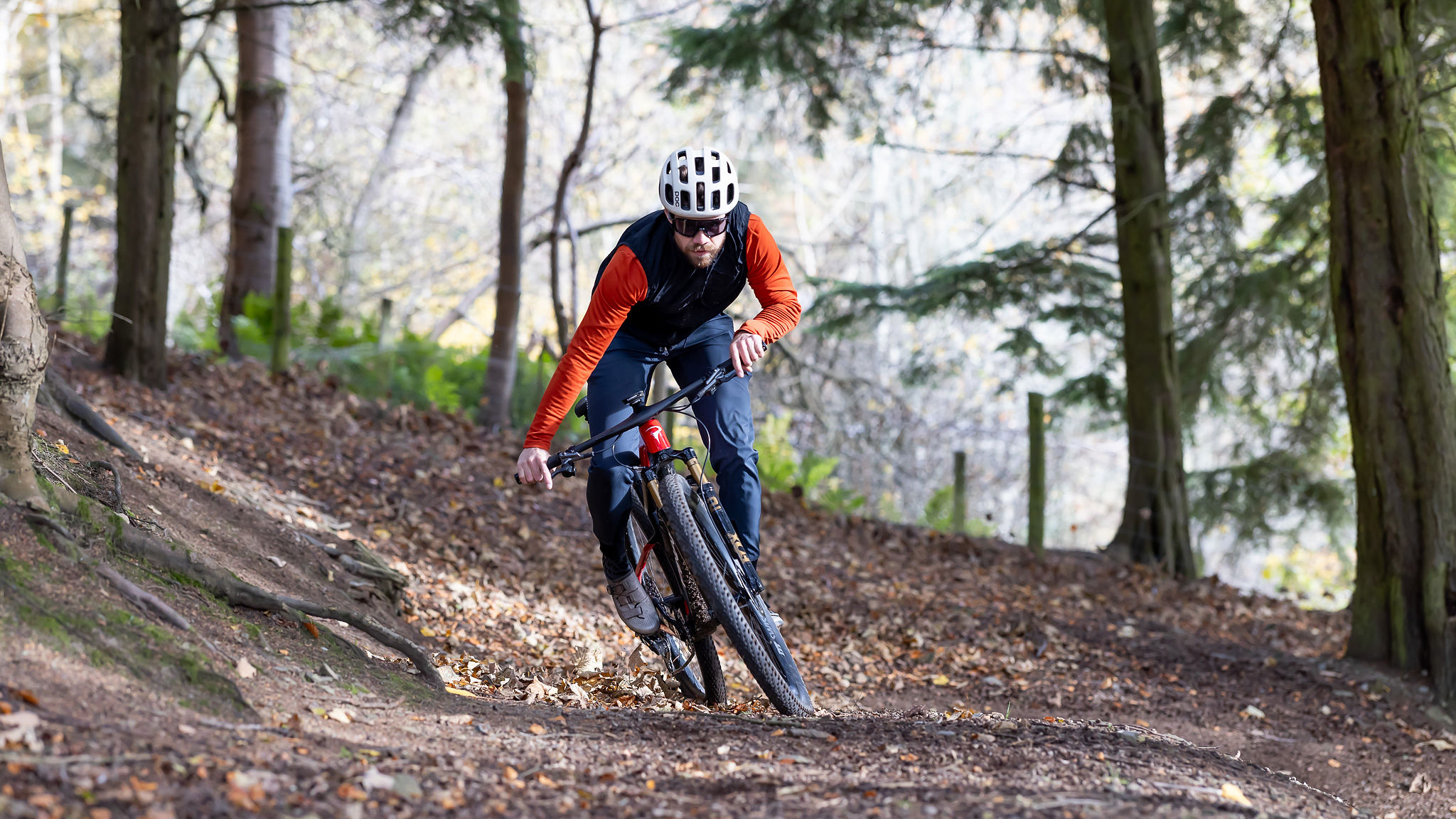Best MTB bottle cages – top-rated, secure and easy-to-use cages for off-road riding
Our test team's pick of the best MTB bottle cages to keep your water bottle secure out on the trails
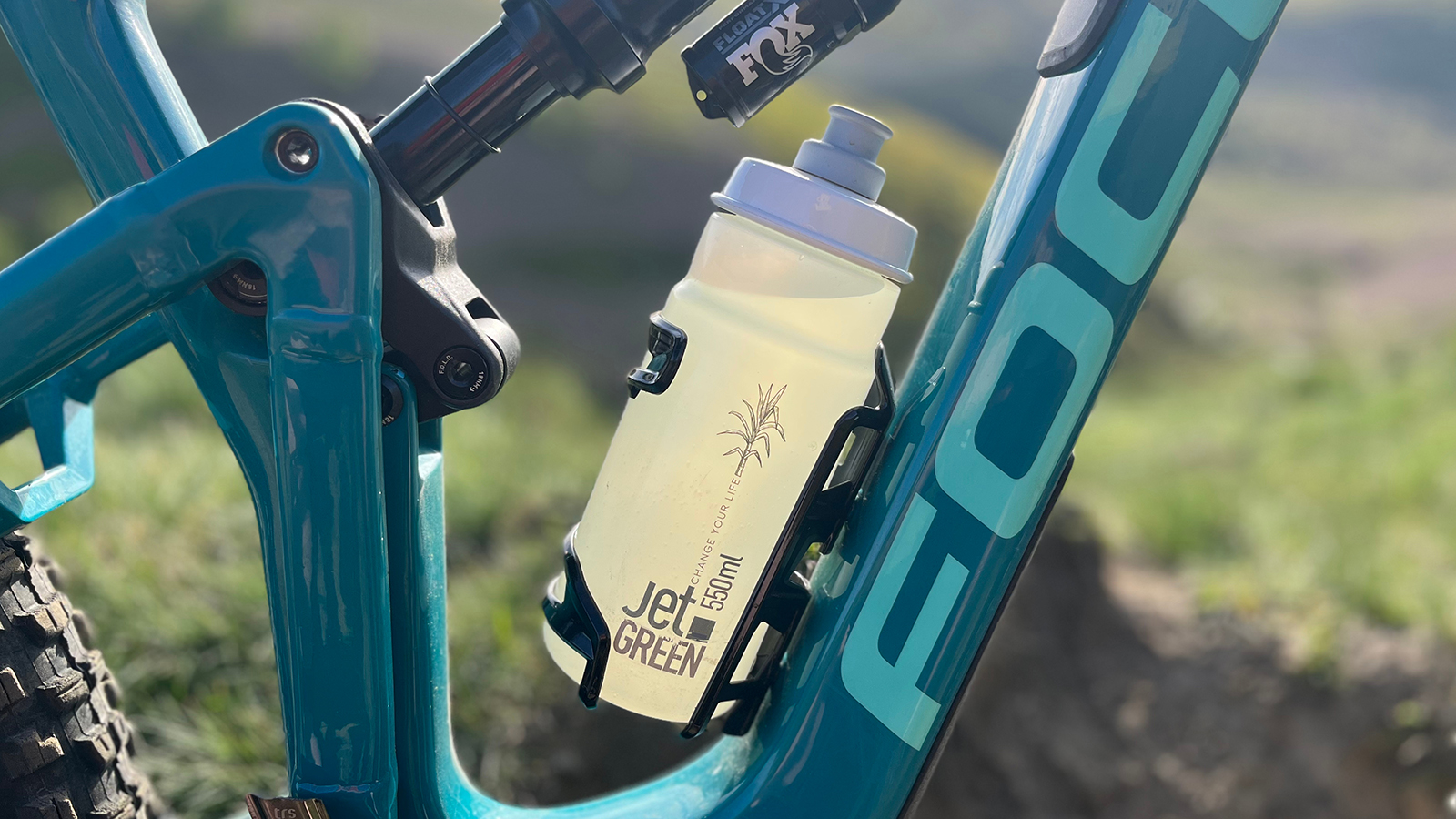
While they're definitely not the most exciting components to think about, the best MTB bottle cages serve a very important purpose. After all, you need to stay hydrated while whipping around the trails, and there’s nothing worse than reaching the bottom of a descent, only to find your water bottle is no longer attached to your bike.
Perhaps you may prefer to opt for one of the best hydration packs or MTB hip packs instead. While they are great for longer rides where you need more fluid and gear, the best MTB bottle cages are ideal for shorter blasts, or laps where you can grab refills. They also save you from carrying extra weight on your back or around your hips.
For MTB, the best cages not only keep your bottle secure, but they're also easy to access while riding, and they won’t add a load of weight to your setup. Certain models even come with some added storage for other useful accessories, such as tools, etc.
Depending on your budget, there are bottle cages ranging from simple resin designs to futuristic carbon options and some that aren’t even a cage at all. Each option has been designed to hold your bottle firmly in place, but which ones are the best for the rigors of MTB? Our expert testers have put the models featured below through their paces to come up with this list. Whichever one you choose, every model here is most definitely a worthy investment
Continue reading for our complete list of the best MTB bottle cages, or skip to the guide at the bottom for info on how to choose a bottle cage if you're unsure of what's involved.
The quick list
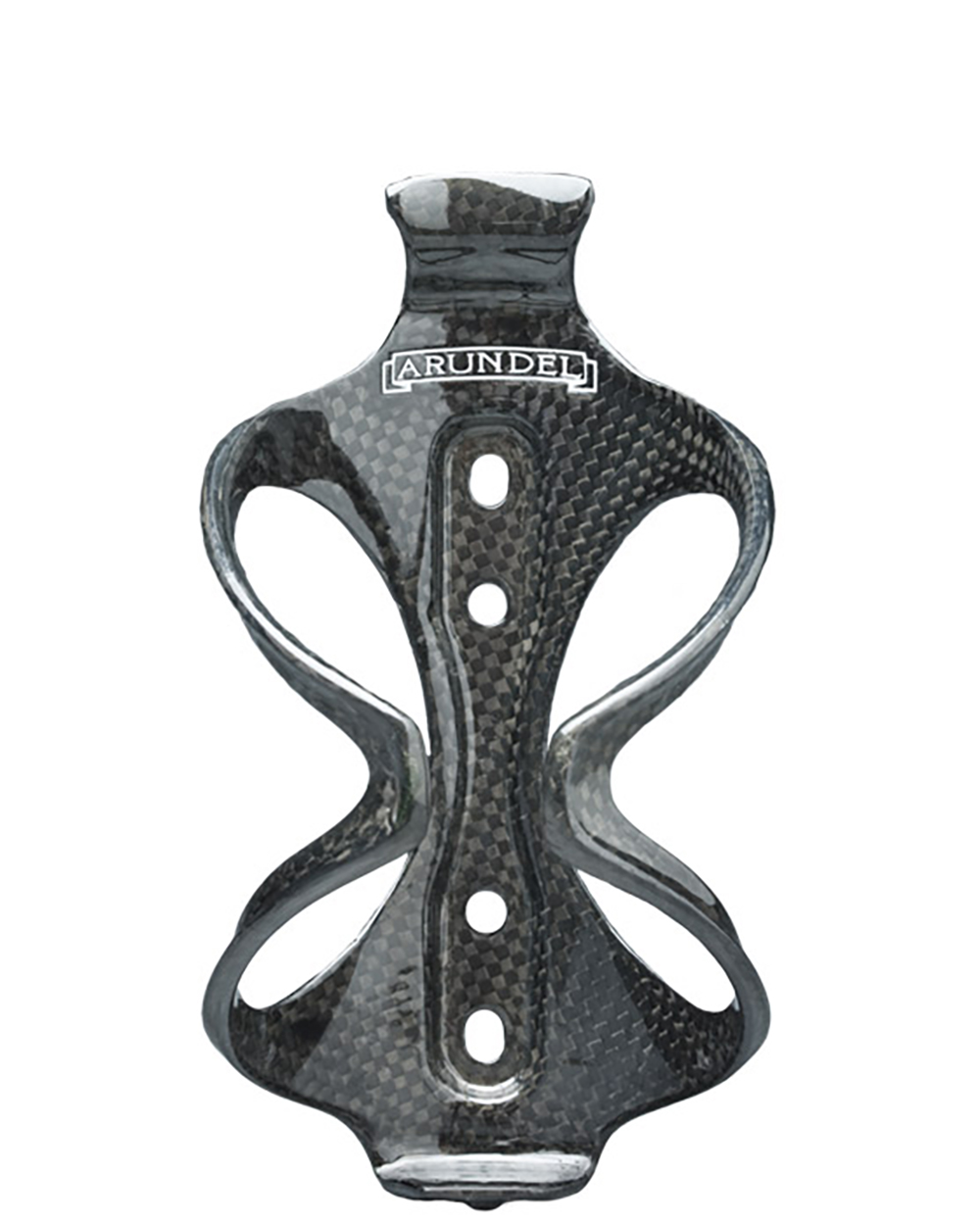
Best MTB bottle cage overall
Totally trustworthy grip in a beautiful, super-light design for a premium price.
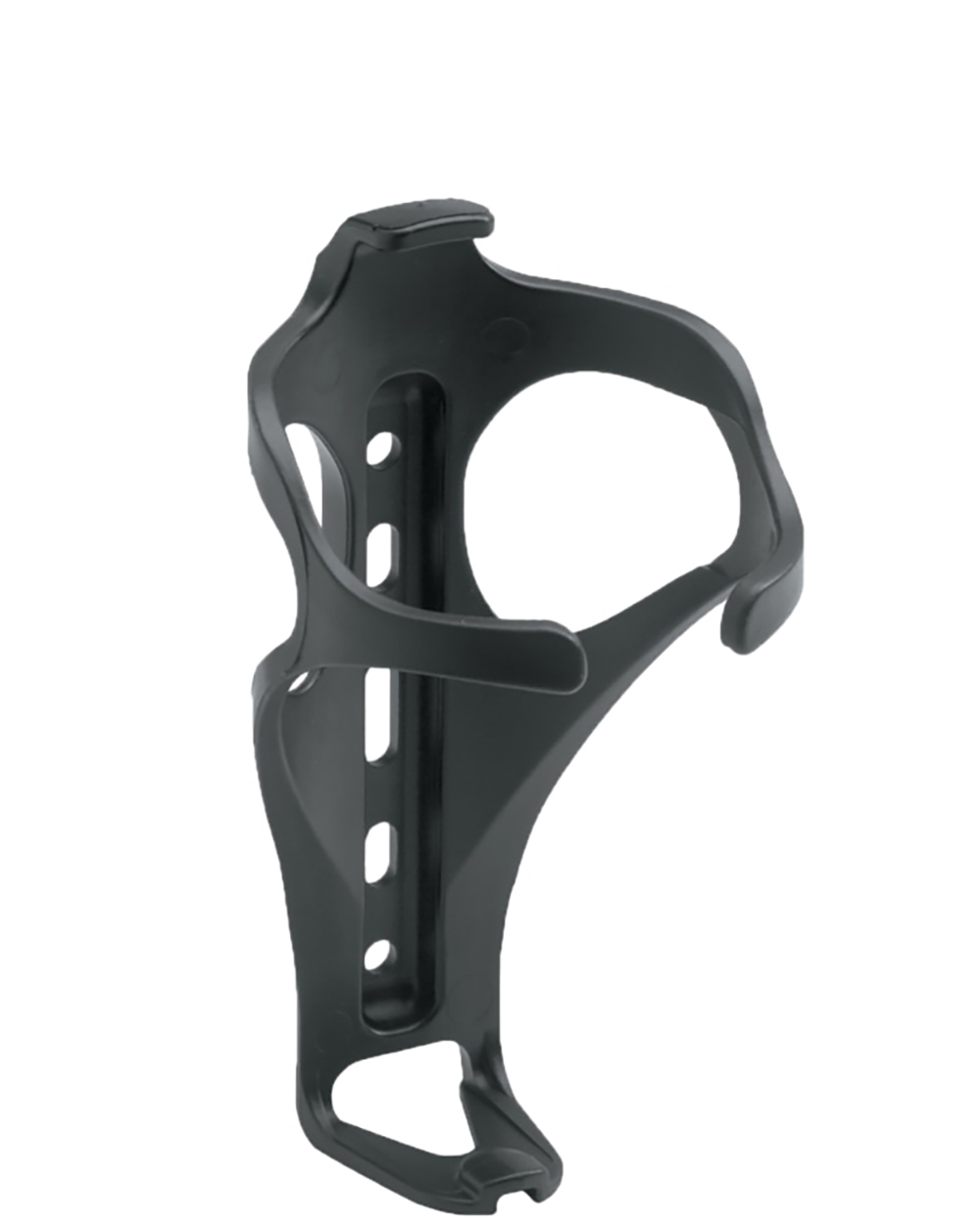
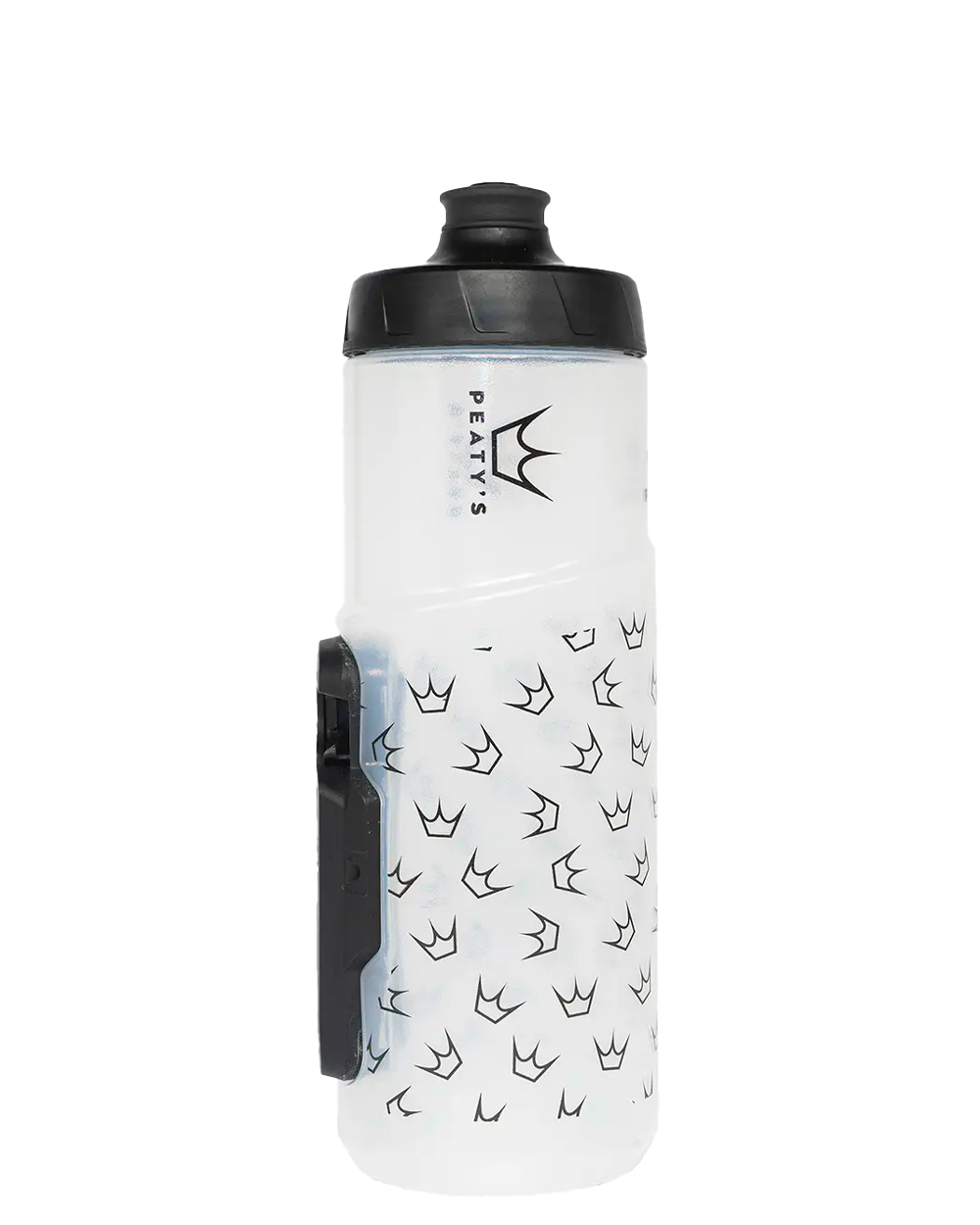
Best cageless MTB bottle system
A clever cageless design that uses magnets. The Peaty's version has the convenience of a squeezable bottle.
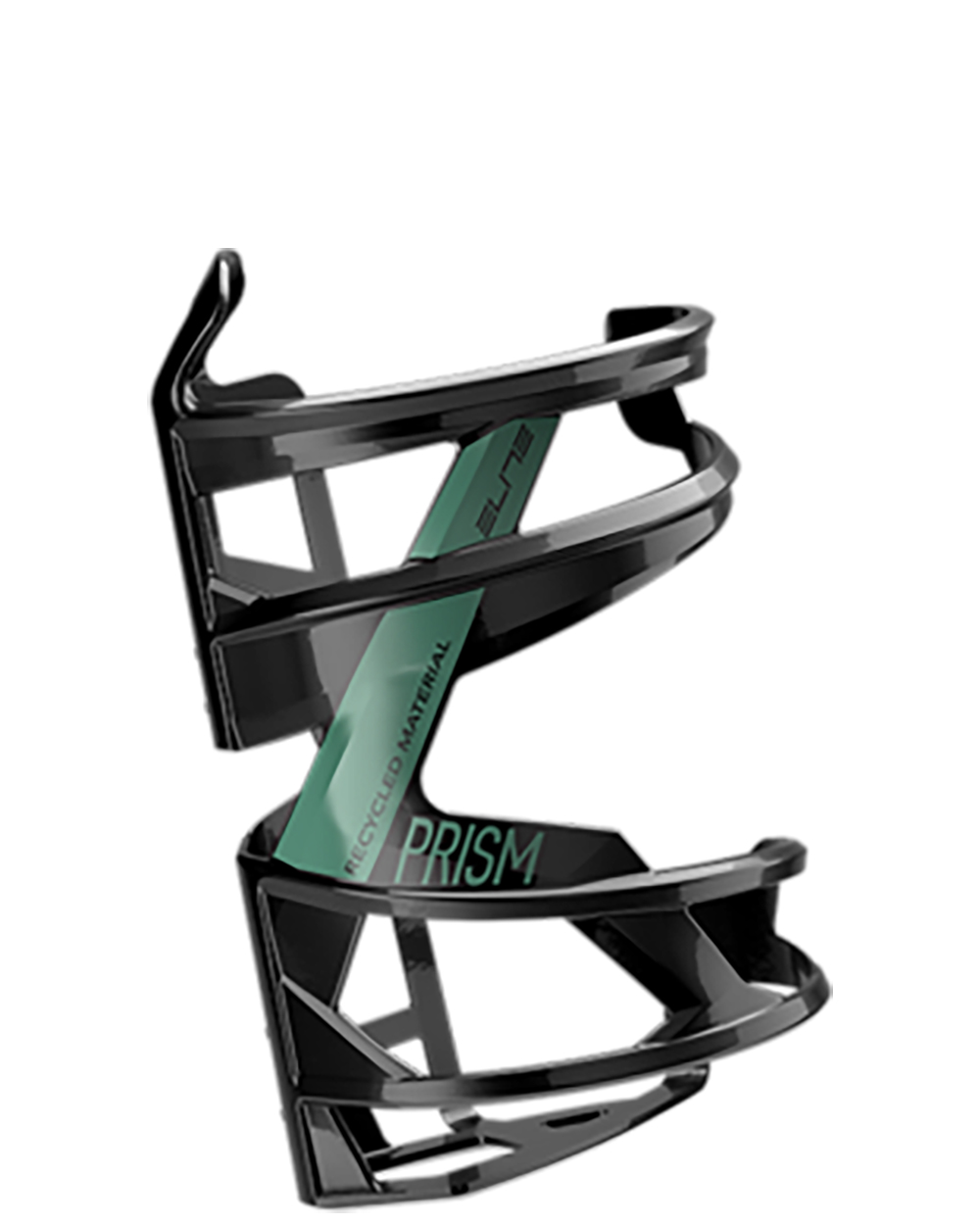
Best side entry MTB bottle cage
A side entry cage that's pliable for easy to access your bottle.
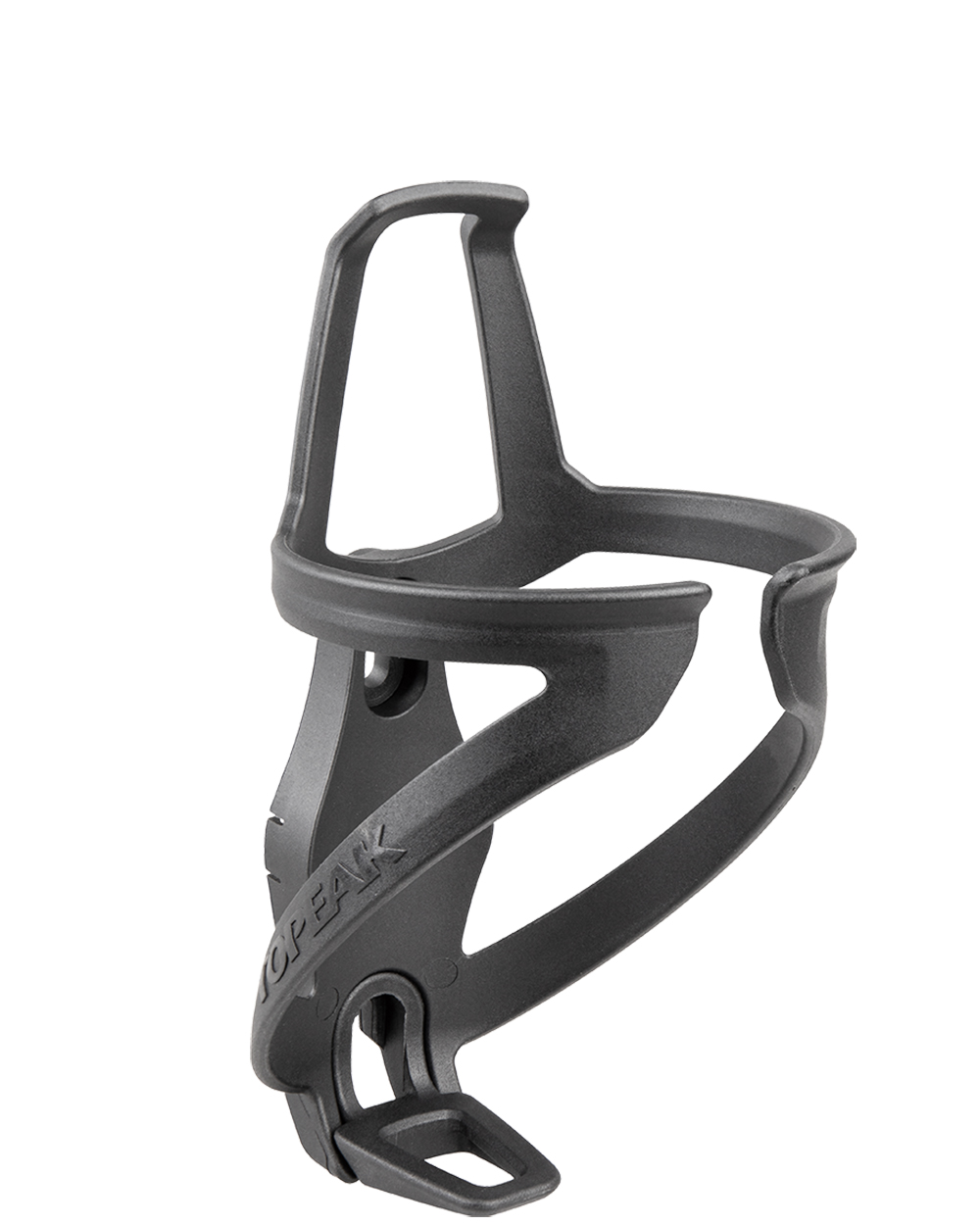
Best MTB bottle cage for storage space
A modular bottle cage design with storage space for accessories.
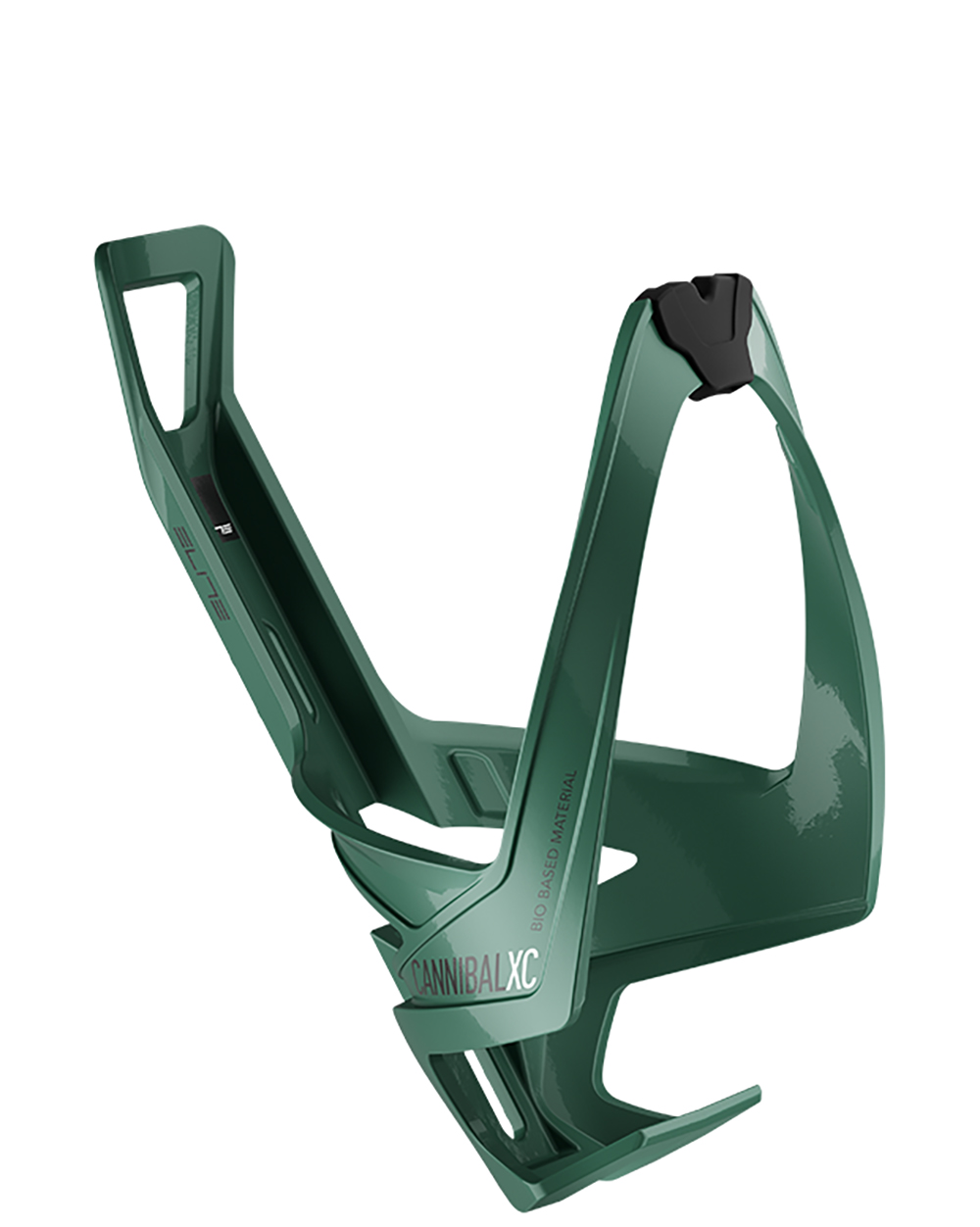
Best eco-friendly MTB bottle cage
Solid, dependable cage made from an eco-friendly castor oil-based plastic.
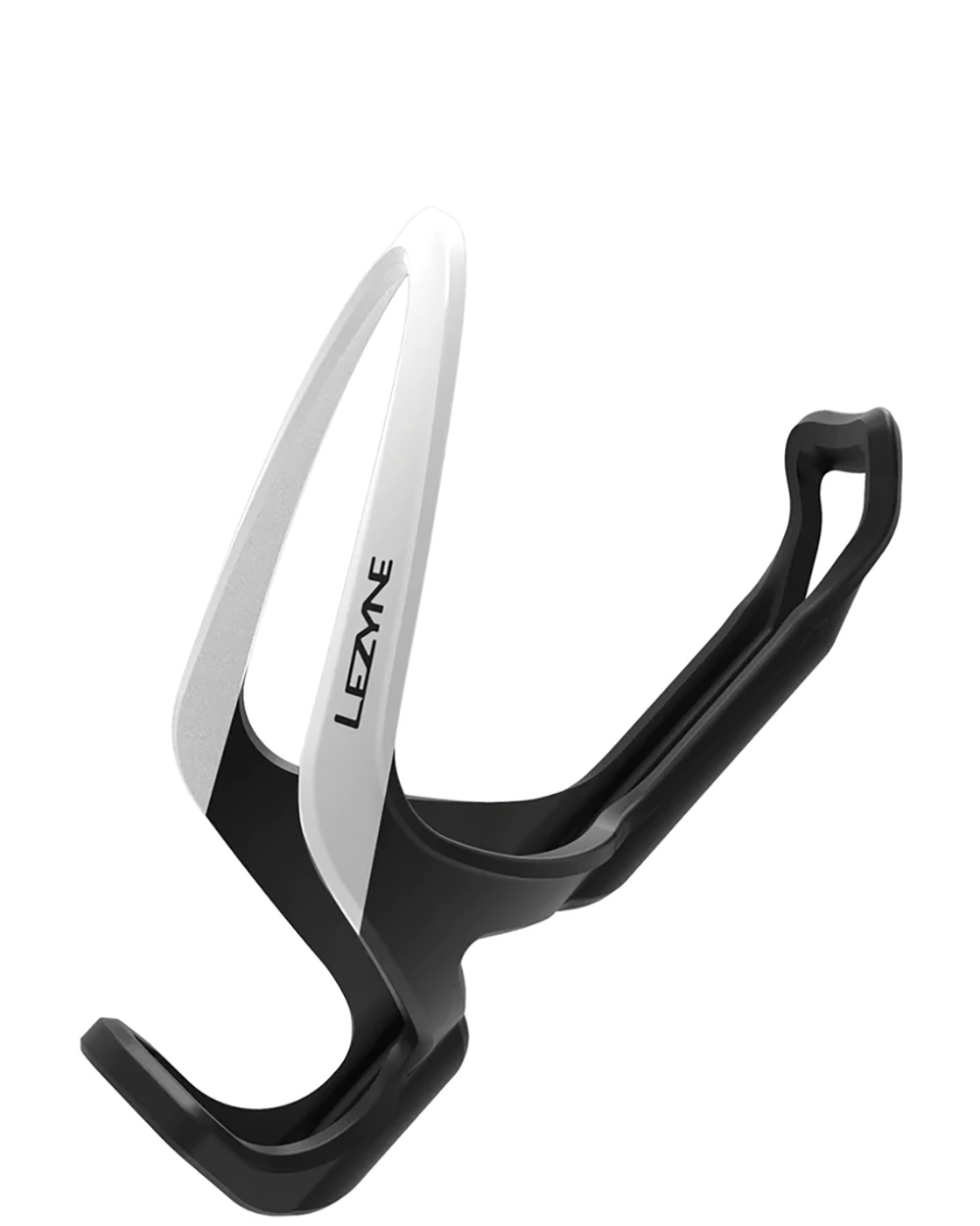
Best strong grip MTB bottle cage
Stylishly modern cage with a strong grip and tons of color options.
Best MTB bottle cages
Why trust BikePerfect
1. Best overall
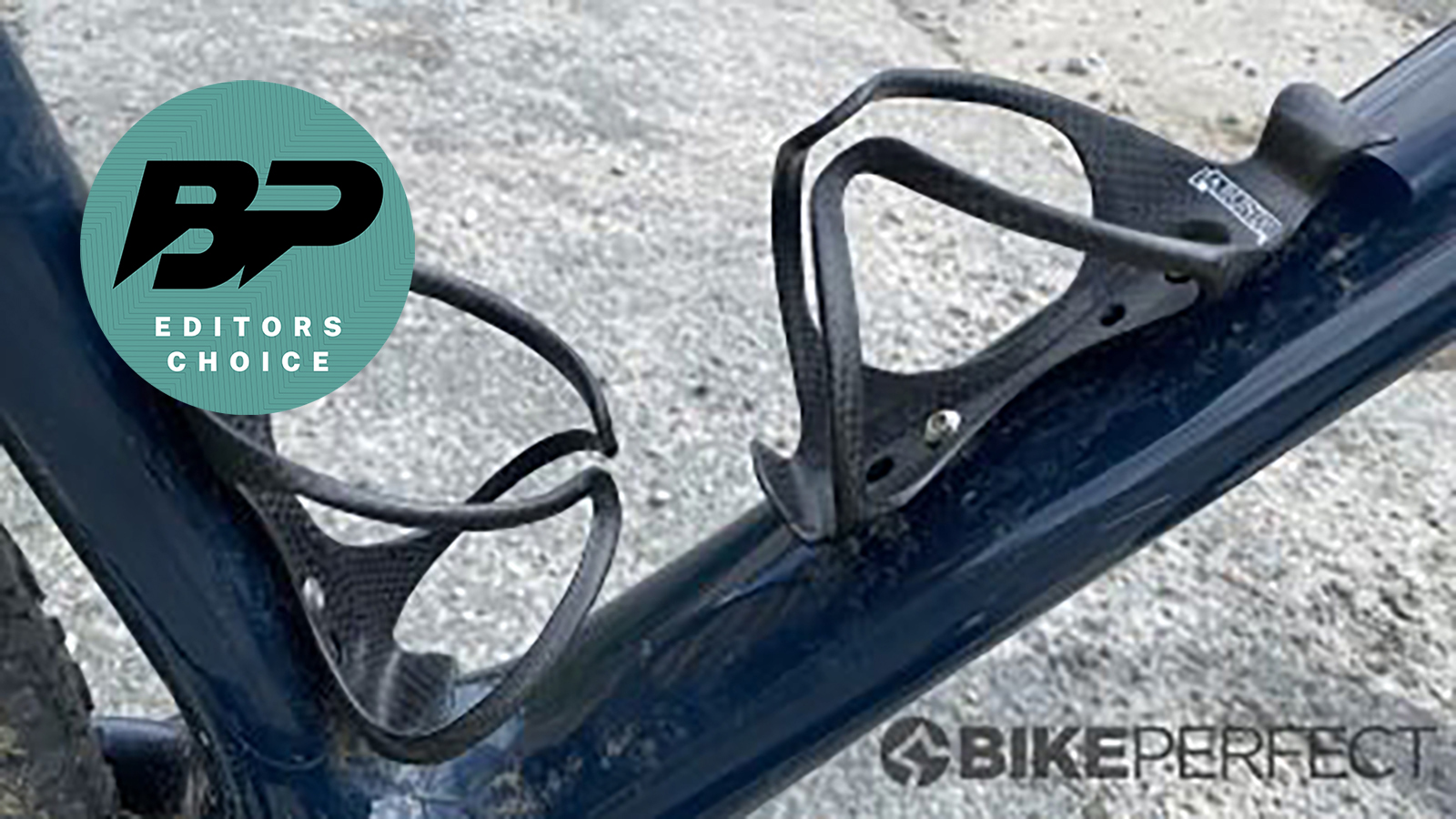
Specifications
Reasons to buy
Reasons to avoid
Arundel’s popular Mandible cage is made fully from carbon and weighs a mere 28g, making it an excellent choice for XC weight-weenies. It may cost a small fortune, but there’s a reason that it’s a regular kit choice for the pros.
Don’t take its featherlight weight to mean it’s flimsy; it’s got such a firm grip that you actually need to use a bit of muscle to insert the bottle in the first place. If you’re sick of losing bottles on the trails and don’t want to add a load of excess weight to your frame, then this is by far one of the best MTB bottle cages we’ve used, and it’s pretty easy on the eyes too, which never hurts.
Read more about it in our Arundel Mandible review.
2. Best value
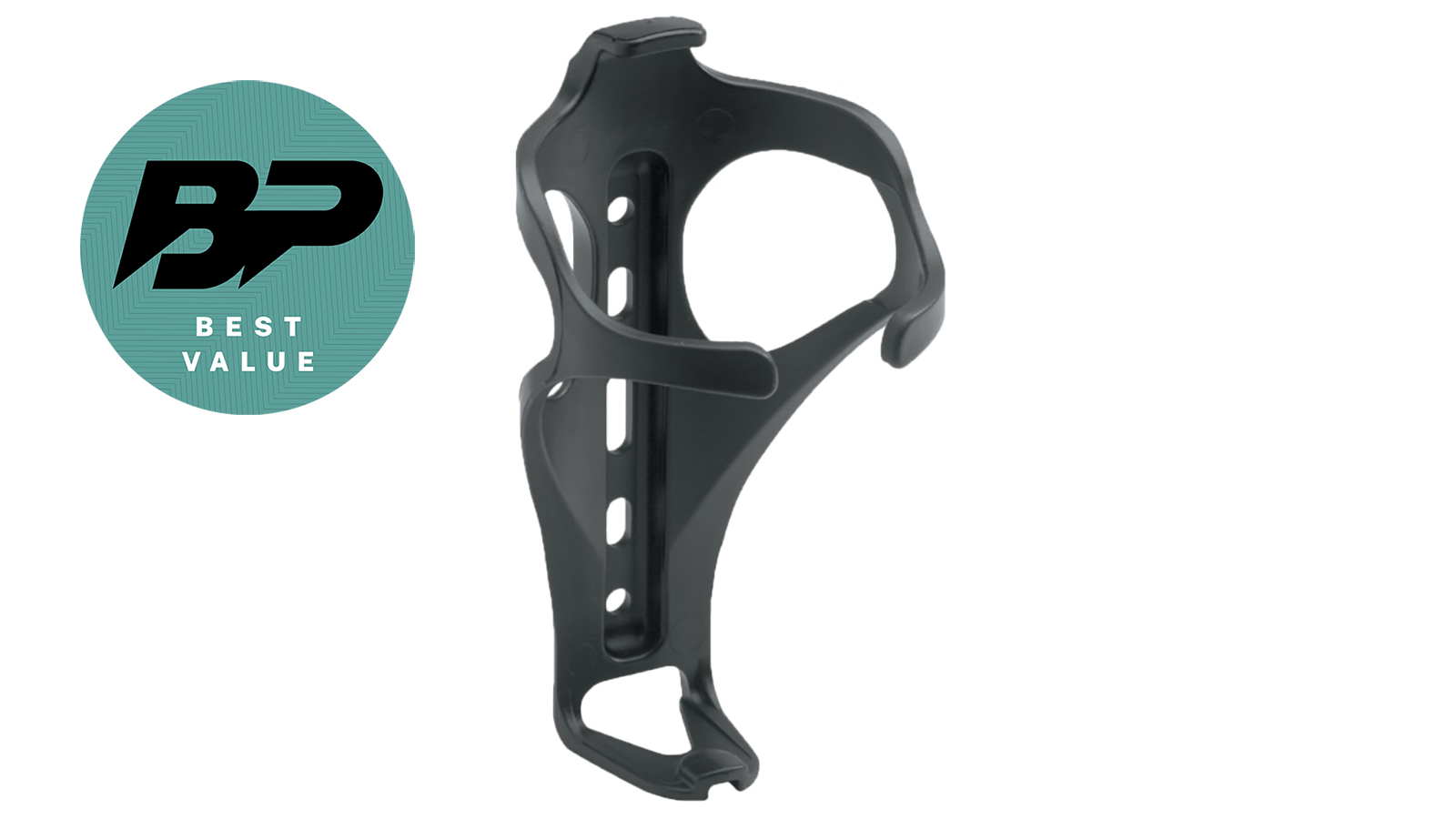
Bontrager Bat Cage
Specifications
Reasons to buy
Reasons to avoid
While the injection-molded plastic Bat Cage has been around since 1997, Bontrager now makes this time-tested bottle cage from recycled fishing nets. This comes thanks to the brand’s membership in NextWave, a cross-industry coalition of companies working to reduce plastic in the environment.
Beuro, a company specializing in collecting and recycling fishing nets, processes the nets into tiny plastic pellets which can be used for injection molding, perfect for the Bat Cage.
3. Best cageless
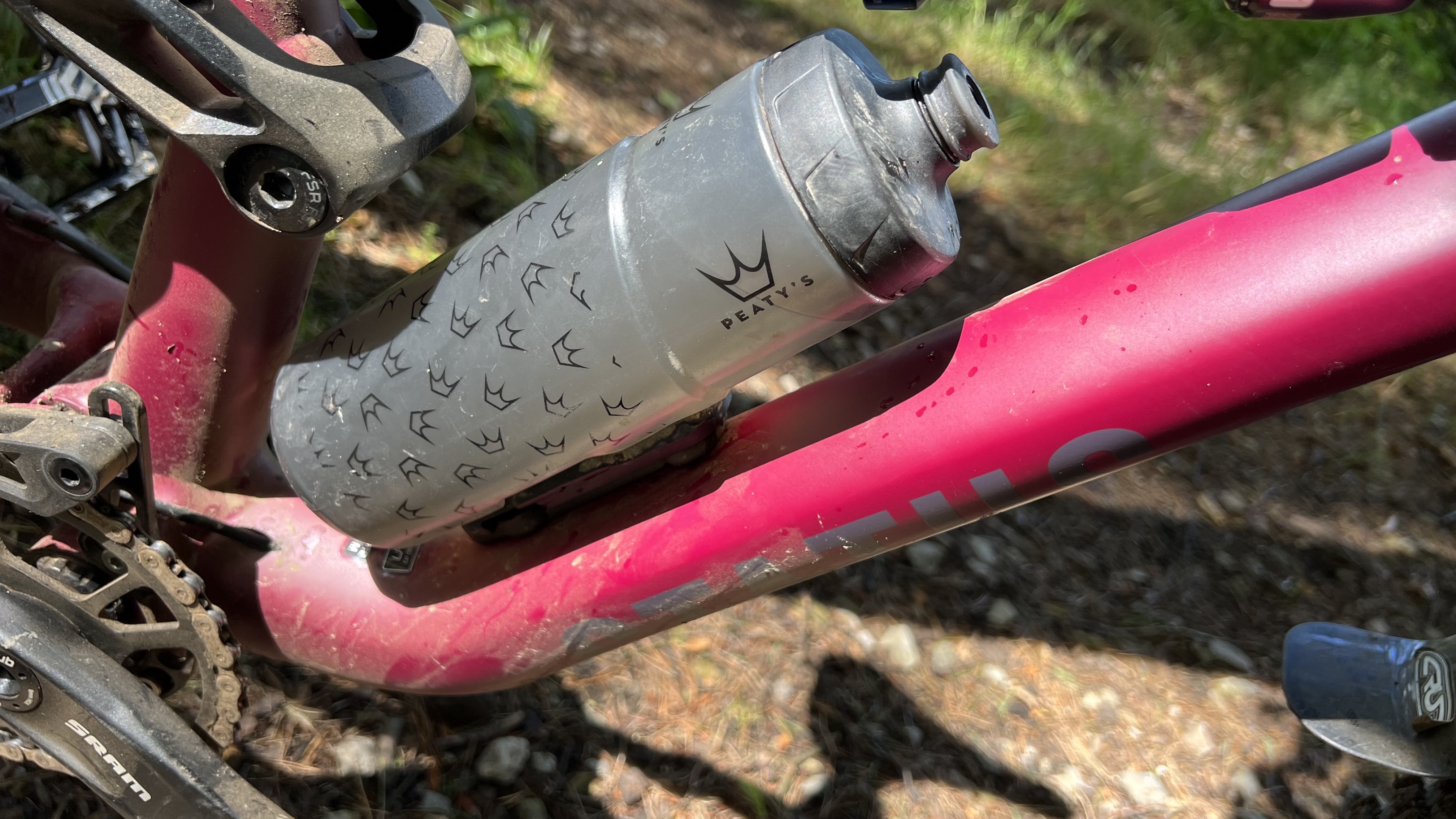
Specifications
Reasons to buy
Reasons to avoid
Fidlock makes magnetic clasps for everything from backpacks to helmet straps, and now Peaty's has teamed up with the brand to make its own X Fidlock Lockin' Bottle. The magnetic frame mount works in the same way as the standard Fidlock system, but the bottle itself is squeezable – which allows you to get more fluid out than the regular hard Fidlock bottles.
When you need a drink, just twist the bottle, and it releases from the plate. To reconnect, pop it on and let the magnets do their magic. It can take a bit of practice to reattach the bottle while riding, but once you get the hang of it, it becomes second nature.
We've been riding with Fidlock bottles for years and they've stayed firmly attached to the bike in all conditions. The Peaty's version has proved just as sturdy in testing too. For more see our full Peaty's X Fidlock Lockin' Bottle review.
4. Best side entry
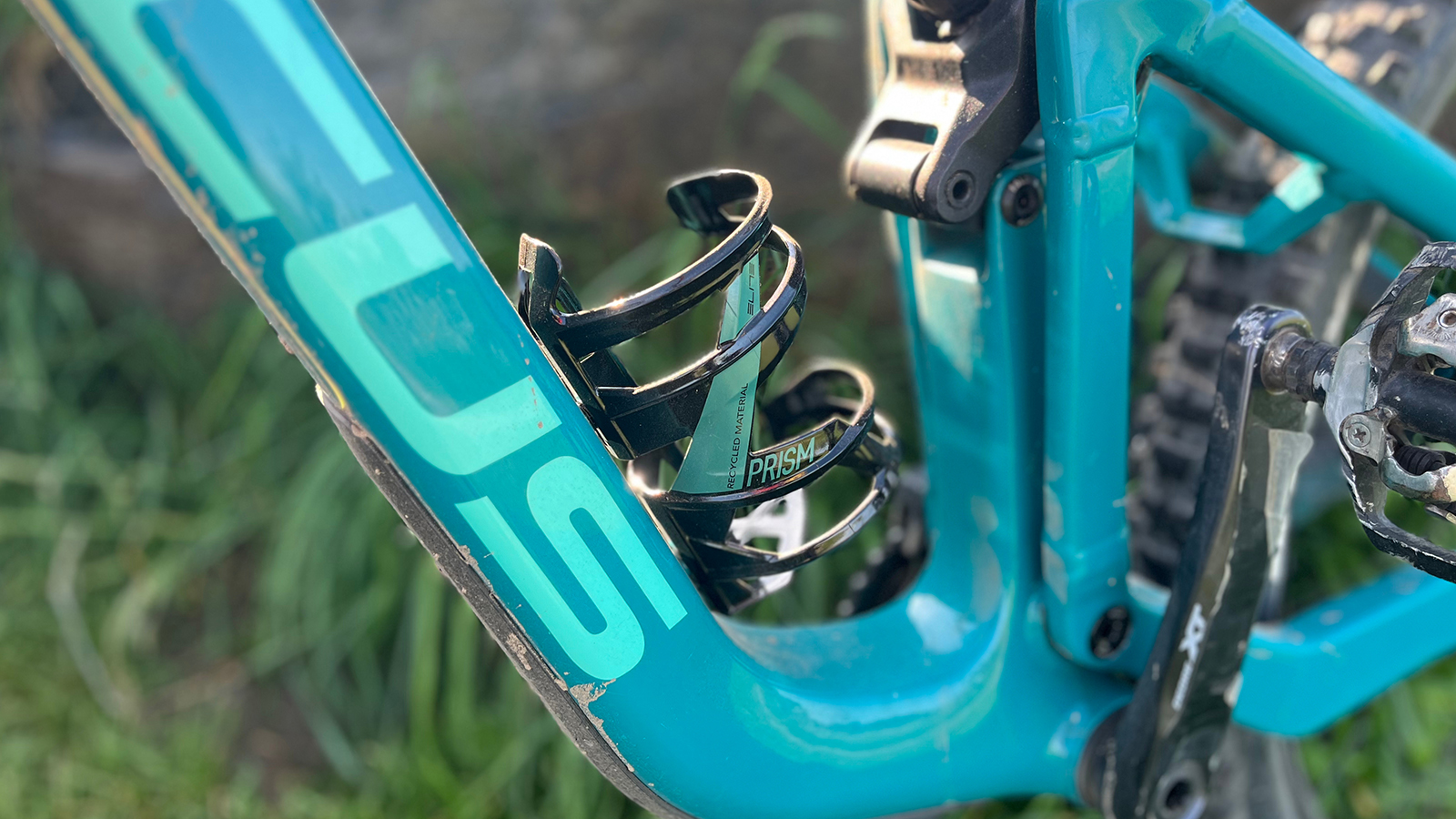
Specifications
Reasons to buy
Reasons to avoid
The Prism cage is a side entry cage made from 65 percent recycled plastic. It is designed for standard 74mm diameter bottles, but as it's predominately an MTB or gravel cage, it has a slightly tighter fit than a standard road bottle cage would. It has a reassuringly solid-looking construction and comes in at 47g weightwise.
We found the Prism really excels with bikes where there is limited space – as the bottle goes in at an angle it's much easier to get to when riding. The plastic and fiberglass blend also gives the cage a degree of flexibility.
The cage is robustly built and over the course of testing we never lost a bottle despite some serious tests on rocky trails in the wet and mud of winter, and dry, dusty summer trails.
For more info, see our full Elite Prism review.
5. Best for storage space
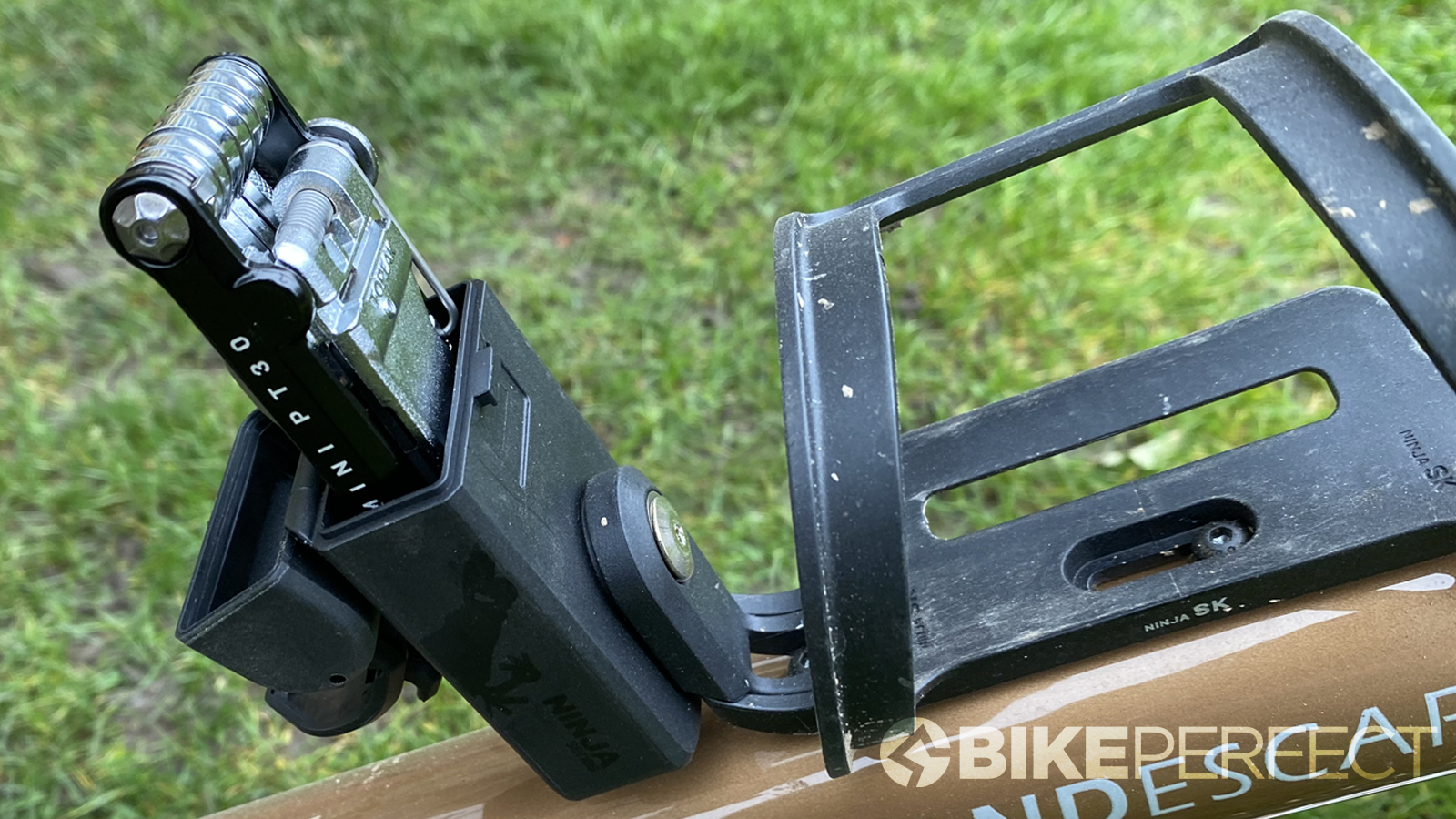
Specifications
Reasons to buy
Reasons to avoid
A bottle cage can do more than just carry your bottle, as Topeak’s modular Ninja design demonstrates. This very simple bottle cage can be bought either as a central loader or side loader, and in the case of the latter, it’s easily reversible so you can choose which side to make accessible.
What makes this bottle cage particularly nifty is the adaptor that comes with it, which is compatible with an array of Topeak accessories. Depending on your needs, you could have an attachment for carrying a multi-tool, two CO2 cartridges or a mount for a spare inner tube.
Find out more about it in our Topeak Ninja Master+ bottle cage review.
6. Best eco-friendly
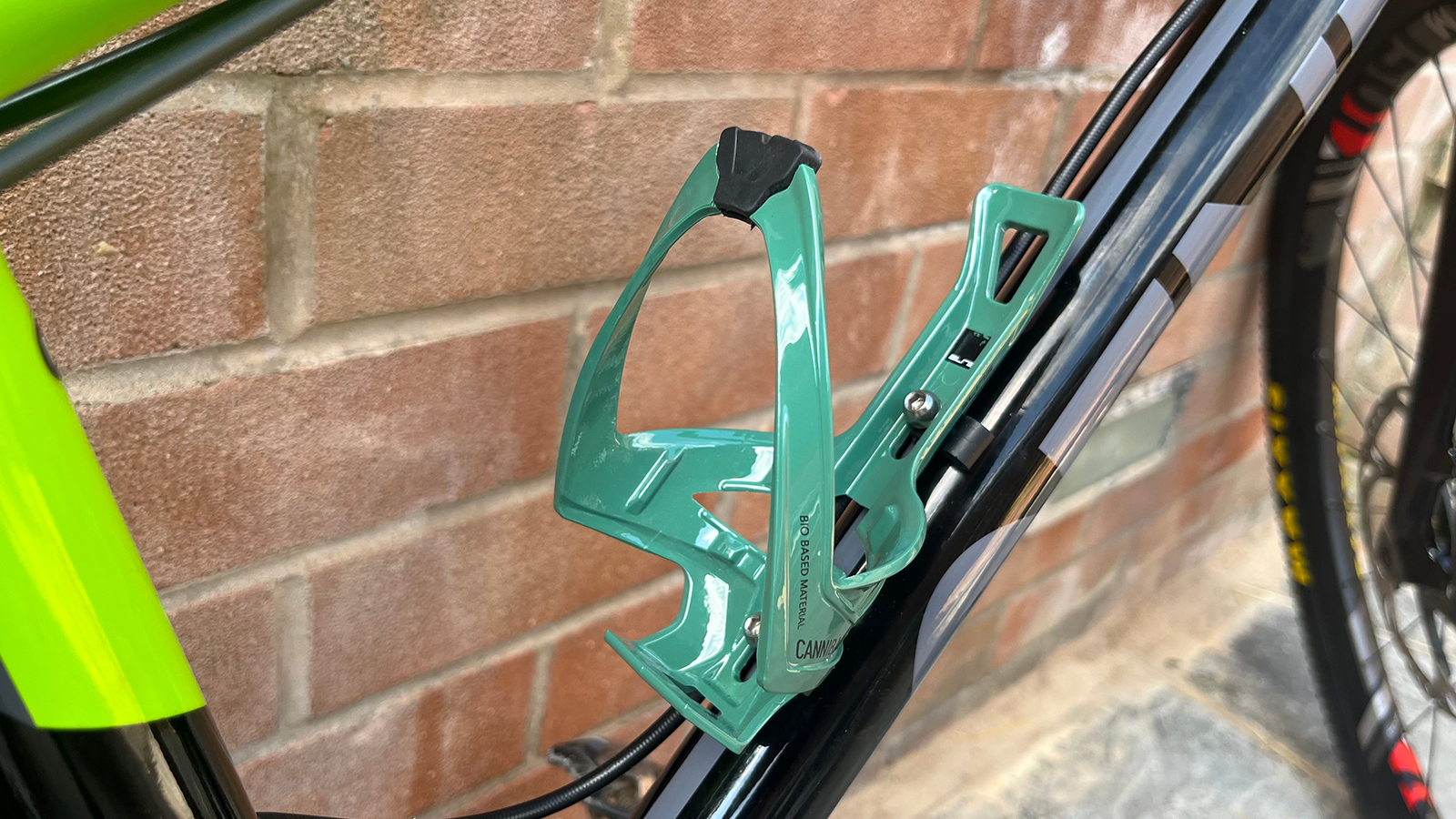
Specifications
Reasons to buy
Reasons to avoid
Elite's Bio-Based version of its Cannibal XC bottle cage is made using an innovative plastic derived from castor beans instead of traditional oil-based methods, making it a great eco-friendly choice. It also uses fiberglass to reinforce the cage and deal with the vibrations and stresses of off-road riding.
The Cannibal has a wide window for bottle entry from either side, and has good grip with an angled band that holds the bottle in place, and elastomer in the middle of the arms which allows the cage to adjust to differently shaped bottles. It comes in at a feathery 34g.
We tested the cage on various full suspension, hardtail, and gravel bikes, and it did an admirable job of keeping our bottles in place. Over several months of riding, there are very few signs of wear, too.
Check out our full Elite Cannibal XC Bio-Based review.
7. Best multi-tool package
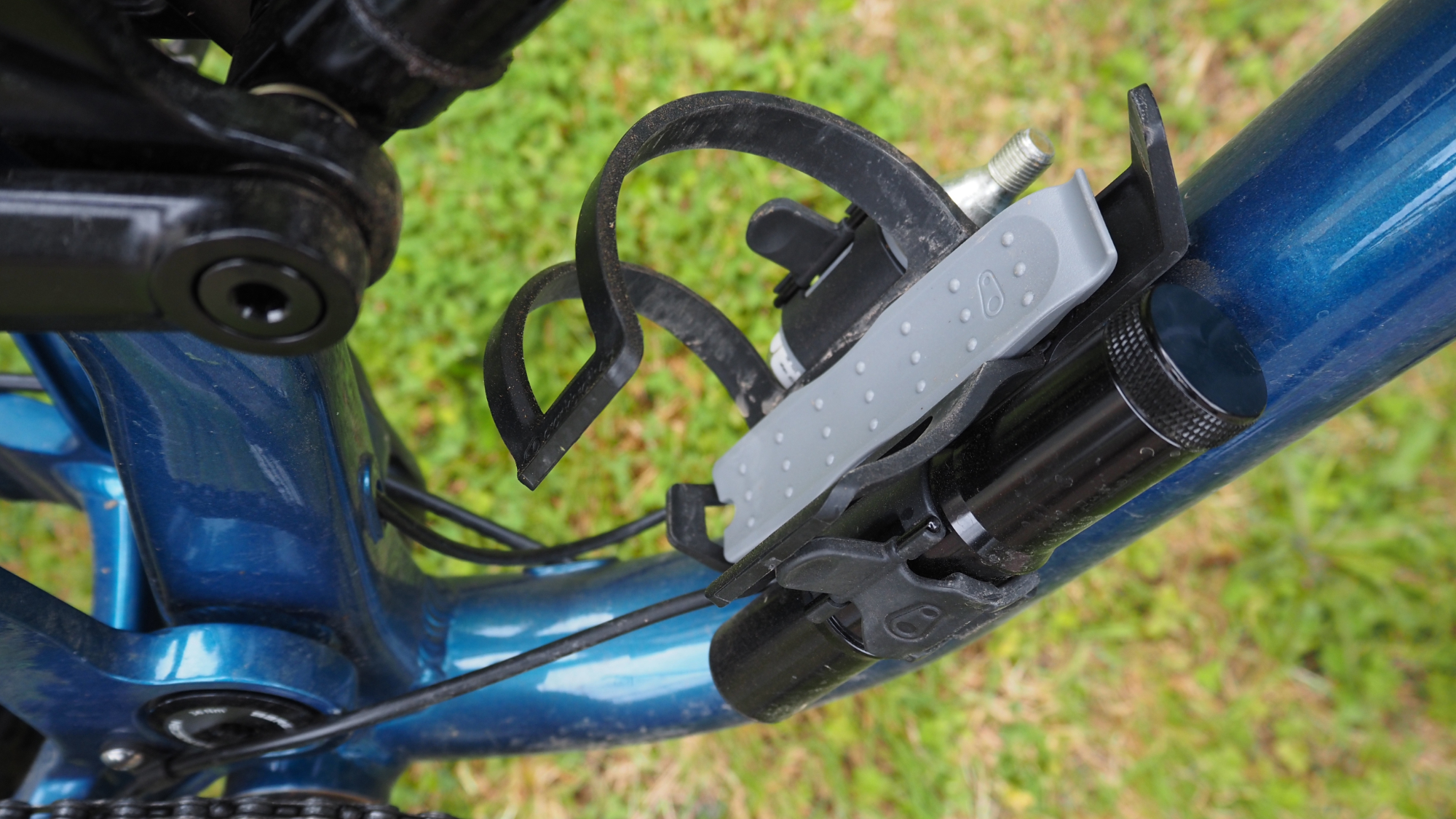
Specifications
Reasons to buy
Reasons to avoid
Crankbrothers has a range of SOS Tools that can be fitted to your bike on various mounts – if you have more than one that is. As you'd expect given the name, the BC18 SOS Bottle Cage Tool Kit is designed to run on a bottle cage mount. The side entry bottle cage is reversible and during our testing has proved to be as secure as they come. Beneath the cage is a tire lever, a tire plug tool and plugs. Strapped to the righthand side of the cage mount is a really well-considered multi-tool, while on the left is a strap for a CO2 canister or Crankbrothers Klic HV pump – but neither come with the bottle cage set.
The 16-piece multi-tool has proved to be excellent quality and combines with the tire tools to provide everything you need for the vast majority of trail-side repairs – including a chain tool, CO2 inflation head, and valve core tool.
In fact, the only downside to the SOS Bottle Cage Tool Kit is whether it will actually fit your bike. If you've got a hardtail, then you will have no issues, but whether it fits full-suspension bikes depends on how much space you have around the bottle cage. The combined thickness of the cage base and the tire lever (which sits next to it) is 24mm, so the bottle sits further away from the downtube compared to a standard cage. This may cause problems depending on the size and position of your rear shock, so check the clearance before committing to buy the SOS model.
For more info on the system, we've also covered the Crankbrothers SOS Tools TS18 Tube Stash Tool Kit which comes with the same tools in a different setup.
8. Best locked in grip
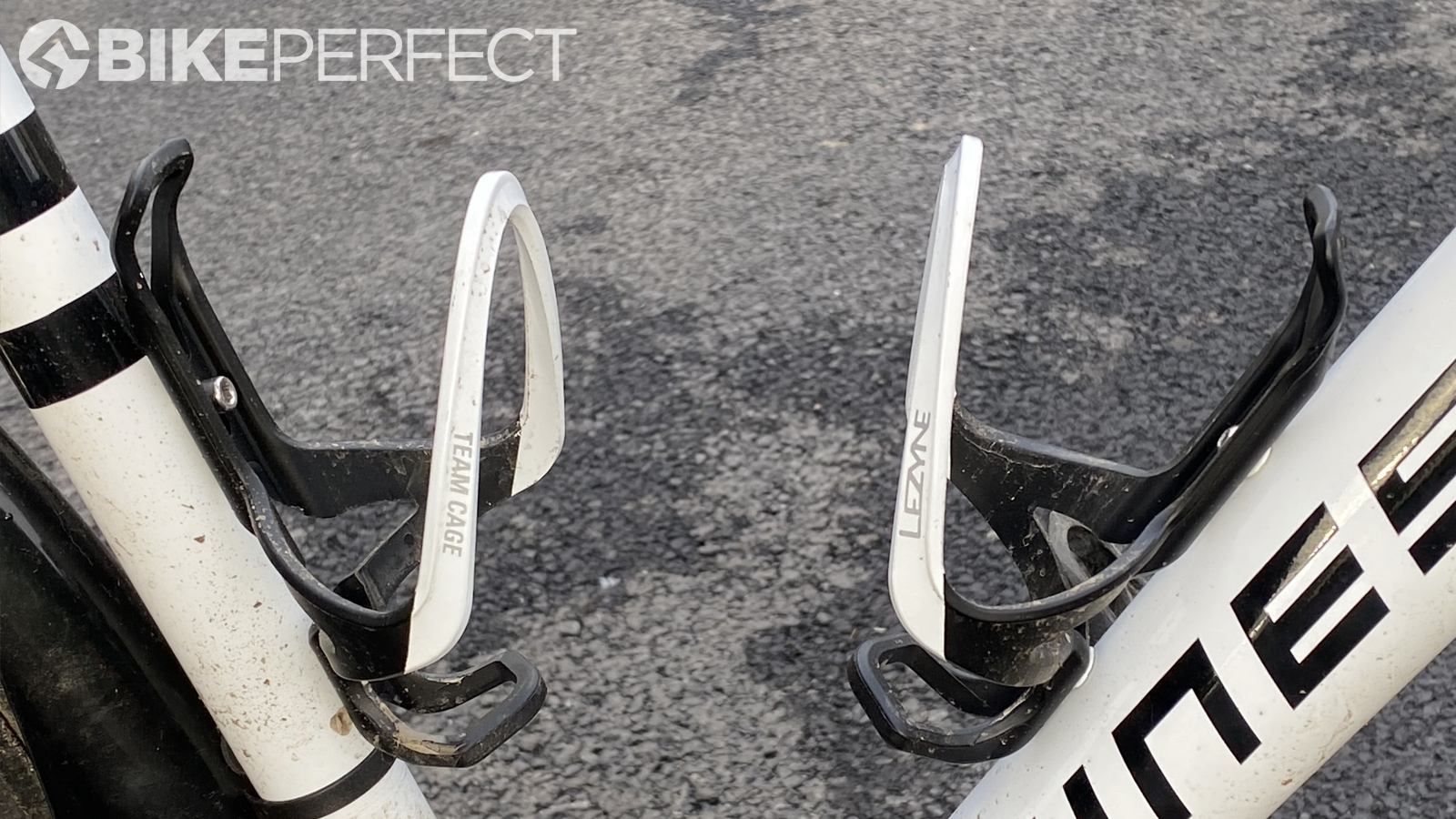
Specifications
Reasons to buy
Reasons to avoid
This modern-looking and stylish bottle cage comes with several color options, making it pretty easy to match with your frame and/or accessories, and if you ride particularly rattly trails, you'll be pleased to hear it offers a super strong bottle grip as well
In terms of performance, we found it definitely leaned more towards retention rather than easy release, so while it takes a bit of effort to get to your bottle when you’re on the move, you can rest assured that even when tackling the really rough stuff, your bottle will stay put.
For more details, check out our Lezyne Matrix Team Bottle Cage review.
How to choose the best MTB bottle cages
While it's fairly hard to go wrong when choosing a bottle cage for your mountain bike, there are still a few things to check before pressing the 'buy' button.
- Will it fit? – This is mostly an issue for full-suspension bikes with more limited frame space due to the rear shock, but obviously if your new cage and bottle combo doesn't fit, they're not much use to you. While the size of the bottle is the most important, the thickness of cage's back section is key too, as more thickness here will raise the position of the bottle which could cause issues. Try to get the dimensions of both the bottle and the cage and measure the space on your frame to check all is well.
- Bottle loading – There are a couple of things to consider here, and again, available space is key. Side loading cages are popular for dedicated MTB systems as there's often not the space to slide the bottle in and out vertically with a rear shock already taking up space in the frame triangle. If opting for a side loading cage, ensure you get the side that suits your dominant hand – left or right. That said, some of the cages listed are reversible and we've listed whether each model in this guide has that feature or not.
- Mounting points – This may sound a bit obvious, but it's worth making. To fit a bottle to your bike in the conventional manner, you'll need a bottle cage mount on your frame. Far more often that not, this will be on the downtube, but not always. If you don't have eyelets and bolts in your frame, SKS make the Anywhere Adapter [buy it from Amazon] which is a strap on mounting point for your primary, or perhaps secondary bottle.
Best MTB bottle cages: Everything you need to know
What material is best?
Bottle cages come in carbon, plastic, fiber-reinforced resin and metal. There are pros and cons to each, however, the material will influence the price and weight. Carbon and titanium cages will cost a pretty penny, while plastic and resin cages are cheaper.
Is lighter better?
When looking at bottle cages, counting grams should be pretty low on your list of priorities, as even the heavy ones aren't all that heavy. Especially for mountain biking, a bottle cage needs to have oodles of grip strength so as not to send your bottles flying the first time you hit a bump. There are great lightweight cages out there, but don’t expect a cheap cage to deliver low numbers on the scale and have much holding power. At the same time, the cage needs to release the bottle when you pull on it.
Top load or side load?
Bottle cages come in top load and side load versions, and what’s best for you will depend on your frame. If there is tons of room in your front triangle, a top load cage will work just fine. However, as most full-suspension frames possess tight clearances, a side load cage will make your bottles more accessible. However, you’ll only be able to access from one side.
How we test the best MTB bottle cages
All the bottle cages tested here have been used during several months of riding on various bikes, over different types of terrain, so we can assess the cages for their grip, ease of access, and durability.
Meet the testers

Rich has been riding mountain bikes since the early nineties, and professionally testing bikes and kit for a decade and a half. He's used many different MTB hydration systems over the years and tested bottles and cages of all kinds.

Guy Kesteven started writing and testing for bike mags in 1996. Since then he’s written several million words about several thousand test bikes and a ridiculous amount of bike components and riding gear – which yes, includes many, many bottles and cages.

Neal has worked in the bicycle industry his entire working life, and has built an in-depth knowledge and love of all things tech related. He likes to test stuff to its limits and bottle cages are no exception.

Rich Owen joined the BikePerfect team as editor in 2021. He's worked as a journalist and editor for over 24 years, with 12 years specializing in cycling media. Rich bought his first mountain bike (a rigid Scott Tampico) in 1995 and has been riding MTB for almost 30 years.
Current rides: Merida One-Forty 6000, Banshee Paradox, YT Jeffsy Core 3, Saracen Ariel 30 Pro
Height: 175cm
Weight: 69kg
- Guy KestevenTechnical-Editor-at-Large
- Neal HuntFreelance Writer
